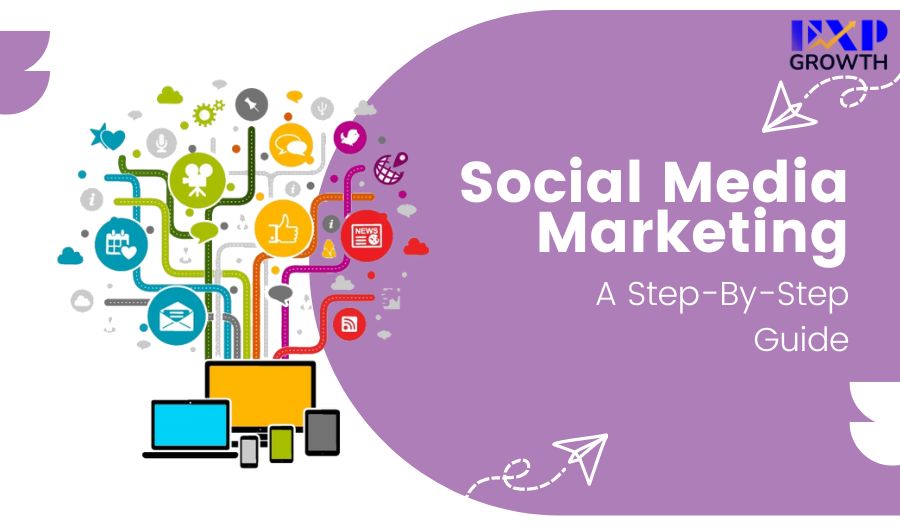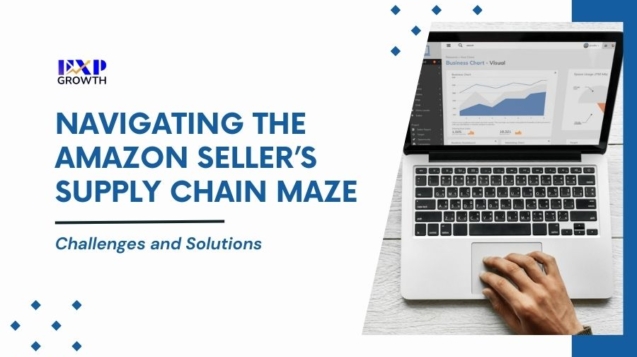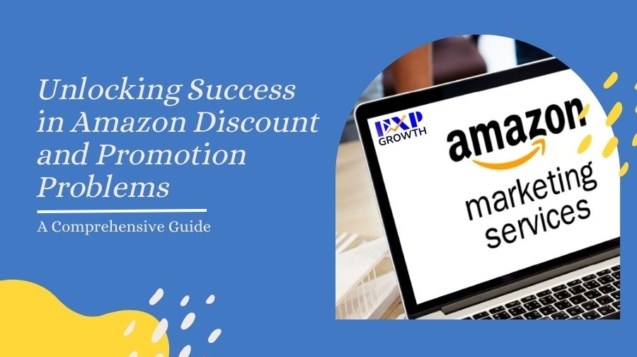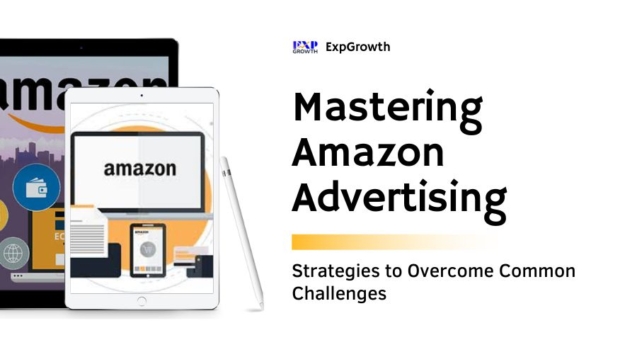It’s a new era. More than just sporadically posting on Twitter and Facebook constitutes social media marketing. Developing your brand, connecting prospects, and boosting revenue take time and effort.
It would help if you distinguished yourself from a wide range of rivals, social media beeping, and even influencers, celebs, and other well-known figures.
More than 80% of consumers say that social media, particularly influencer content, significantly impacts their purchasing decisions. As a result, marketers from various industries are advancing social media marketing (SMM) from such a single tool to a multifaceted source of market research on a growing and influential audience.
As the use of social media keeps growing, marketers are refining their tactics to take advantage of the significant competitive advantage that social media interaction may provide even more swiftly and effectively than traditional marketing. This social media marketing guide will help you understand what social media marketing is, how to do it, its benefits, and more.
So precisely, what is Social Media Marketing?
Social media marketing, also known as online marketing and e-marketing, makes use of social networking sites where users may construct social networks and share data in order to build the company brand, increase sales, and enhance website traffic.
Social media marketing (SMM) allows businesses to interact with current consumers and attract new ones. It also contains data analytics features specifically designed to help marketers monitor the effectiveness of their campaigns and find new opportunities for interaction.
Although social media marketing, in general, is essential and advantageous to the success of your business, your strategy will vary depending on which social media sites your target spends the most time on.
The Power of Social Media Marketing: Why?
Social media marketing is supported by social media’s amazing capability in three major marketing areas: interaction, connection, and user data.
-
Affiliation
Social media allows companies to connect with customers in previously impractical ways. It also offers a staggering array of channels to reach target audiences, from content platforms like YouTube and social networking sites like Facebook to micro-blogging services like Twitter.
-
Contact
Due to the dynamic nature of social media interaction, whether through active “liking” or passive “commenting,” businesses can take advantage of unpaid advertising chances from electronic word-of-mouth suggestions from current and potential customers. The fact that these contacts take place on the social media network made them measurable, and the positive contagion impact from eWOM is a valuable driver for customer decisions.
-
Customer Data
A well-planned social media marketing strategy provides another priceless resource for enhancing marketing outcomes. Social media marketing solutions can gather consumer data and transform this gold into practical market analysis—or even use the data for crowdsourcing new strategies—instead of being swamped by big data.
What are the Platforms in Social Media Marketing?
1. Facebook
- Users: There are 1.9 billion users online every day.
- Customers: Equal numbers of Millennials and members of Generation X
- Impact on industry: B2C
- Best for Advertising and brand awareness
The most popular and widely used social networking site is Facebook. Since its debut in 2004, it has developed into a crucial tool for B2C enterprises, providing both cutting-edge advertising tools and natural opportunities.
2. Instagram
- Users: 1 billion active users each month
- Customers: mostly Millennials
- Impact on industry: B2C
- Best for High-quality photos and videos; consumer content; promoting
Despite being 12 years old, Instagram has already become a global phenomenon. Instagram is where marketers go when they want to share aesthetically appealing content. The platform’s cutting-edge eCommerce features are another feature that makes it unique.
Instagram is a challenging platform to surpass because consumers can now discover product lines, browse their goods or services, and purchase all within the same app.
3. Twitter
- Users: There are 211 million users online every day.
- Customers: mostly Millennials
- Impact on the industry: B2B and B2C
- Best for community building, customer service, and public relations
Twitter focuses on words, whereas Instagram focuses on images. Since the inception of the 140-character Tweet, the platform has developed to incorporate an audio tool named Twitter Spaces, a tool for fostering communities called Twitter Communities, and a feature called Twitter Moments for sharing fascinating items with your followers.
4. Youtube
- Users: There are more than 315 million active daily online users.
- Customers: Primarily Millennials, but a diverse range of gender and age groups are represented.
- Impact on the industry: B2C and B2B
- Best for Brand exposure; long-form content; and instructional videos
The second-most viewed platform in the world is YouTube. Additionally, marketers cite it as the top community-building tool.
Its users also tend to spend more time on it because it primarily hosts long-form content, making it a perfect platform for sharing educational content.
5. LinkedIn
- Users: There are 774 million active users globally.
- Customers: Millennials, Generation X, and Baby Boomers
- Impact on industry: B2B
- Best for Business-to-business interactions, business expansion, and social selling
LinkedIn is the business cousin of Facebook. The only platform with a clearly defined audience is this: professionals in the workforce eager to network and hunt for new opportunities.
This makes it the perfect platform for B2B businesses trying to locate influential decision-makers and establish a community for a particular sector.
Other social media marketing platforms include Snapchat, Pinterest, Tiktok, Clubhouse, etc. After describing the principles of each social media platform, let’s talk about the advantages of social media marketing for businesses.
Social Media Marketing Benefits
There are many good reasons for your business to embrace social media marketing. We’ve compiled a list of the top factors to take into account.
Let’s start now.
-
Spread the word about your brand
Due to the enormous number of users on social media, you need to have a presence there to make sure you get the chance to contact thousands or even millions of people.
It has been shown that social media increases interaction, increasing brand exposure. Comments, likes, shares, reposts, and saves are examples of social interaction.
Sending visitors directly to your website also aids in building brand awareness. You can accomplish this in your profile, bio, and posts by including direct links to your website.
-
Increase conversions and generate leads
Because you’re advertising to individuals who have chosen to interact with you by following your account, promoting and sharing your items on social media is a straightforward approach to improve lead generation, increase conversions, and increase sales.
-
Promote connections with your clients
You may create enduring relationships with your social media followers by interacting and communicating with them. You can achieve this by engaging with them on your postings, answering their queries and comments, and offering them any assistance they might require.
To establish trust and let your followers know how much you value their opinions and support, you may ask them questions about your products and their problems or make giveaways.
-
Study what your rivals are doing
Whether it’s regarding their social media strategies, the goods they’re marketing, the campaigns they’re putting into place, or their degree of involvement with followers, social media is a fantastic method to keep an eye on your competition.
You can see what is and isn’t working for your competitors through social media, which can help you determine what should or shouldn’t change about your company’s strategy.
Last but not least, looking at the social media profiles of your rivals will assist you in ensuring that your marketing is distinctive and specific to your business.
Creating Social Media Marketing Strategy
Even though social media is continuously changing, most of the essential measures you must take remain the same. In essence, you are using the same actions you would take to develop a marketing plan and focus it on a particular channel.
To help you start using these processes in your business, let’s go through them in more detail.
Step 1: Perform audience and buyer persona research
To effectively target your audience’s requirements and interests, you must first identify your buyer personas and audience to develop a social media marketing strategy. For this, consider the audience you’re attempting to target, why, and how you would categorize them as a group.
You’ll then be able to decide what material will entice the kind of followers and consumers you aim to achieve by taking into account your buyer personas and audience. Learn how to produce exciting material as well to keep your audience interested.
Step 2: Choose the social media channels where you’ll market
You must choose the platforms on which you’ll post your content if you want to succeed as a social media marketer.
Which social media platforms your company should use is a decision that should be made more in light of the needs of your target market and where they prefer to spend their time.
Step 3: Decide on your most crucial KPIs and indicators
Data should drive your social media approach regardless of your objectives or sector.
That requires concentrating on the crucial social media indicators. Investigate data that aligns with your objectives rather than focus on vanity metrics.
Which measurements are we referring to? Follow the breakdown to see:
- Reach. What percentage of your material makes it into users’ feeds? The quantity of distinct users who saw your content is known as post reach.
- Clicks. Tracking clicks for each ad is crucial to understanding what sparks interest or influences purchasing.
- Engagement. The overall number of social interactions is divided by the total number of impressions. This provides insight into how well you are perceived by your audience and their propensity for interaction.
- Performative hashtag. What hashtags did you use the most? Which hashtags were most frequently used concerning your brand? Having these responses can assist in determining the future direction of your material.
- Paid and Organic likes. These interactions go beyond a simple “Like” count and are linked to paid or organic content. Many brands turn to advertisements since obtaining organic exchange is considerably more difficult. Knowing these distinctions will help you plan your budget for your advertising expenses and the time you devote to various formats.
- Sentiment. This is how users’ responses to your brand, hashtag, or content are measured. What kind of emotion does your campaign hashtag evoke? Did your latest promotion offend customers? Looking further and learning about your brand is preferable.
Step 4: Identify your competitors
A competitive analysis enables you to comprehend the competition’s identity and strengths (and not so well). You’ll have a solid understanding of what is typical in your field, which will help you define your own social media goals.
You’ll be better able to recognize opportunities.
Perhaps one of your rivals dominates Facebook but has yet to invest much time on Twitter or Instagram. Instead of attempting to steal viewers from a strong player, you could prefer to concentrate on the channels where your niche is underserved.
Step 5: Produce original and exciting material
There is little doubt that some of your followers or those browsing your profile have already seen content from your competitors or other companies in your field, given the billions of social media users worldwide.
Because of this, you need to create engaging social media material that sticks out and gives users a reason to interact with your business by clicking the “Follow” button.
Additionally, you may use your present clients and advocates as content creators. This can be accomplished by reposting their material or by urging people to utilize a hashtag to share their own testimonials and images of their use of your goods.
Even on platforms for short-form videos like TikTok, social media trends are constantly evolving. Don’t be hesitant to participate, but make sure your participation is intentional.
Step 6: Establish a posting schedule
Solutions for managing social media give you time back and let you concentrate on other responsibilities. Using a social media management platform is one of the simplest ways to guarantee that your material is spread as intended. Using these tools, you may create images and videos, make captions, and schedule postings. Additionally, they automatically share your material according to a timetable and keep an eye on all comments and activities for you.
There are many possibilities for solutions; here are a few instances, including Hootsuite, HubSpot, etc.
When Should You Upload Something New on Social Media?
You might be questioning how frequently you should post content on your social media platforms.
As a general guideline, you should only publish great content on social media. In other words, you have a purpose for posting the information. This is how you’ll find the ideal balance regarding how frequently you post.
It is preferable to post twice or three times per week with precious content instead of seven times with only one or two valuable posts.
Several research and resources are available that describe the recommended social media post frequency guidelines by sector and platform. Because every company is unique, figure out what appeals to your customers.
Then, you can try exploring with more or fewer posts and other variables like the hour of the day you publish on social media to see what generates the most engagement.
The Final Takeaway
Analyzing social media marketing trends and utilizing the many tools available on the subject will help you avoid feeling overwhelmed when deciding your relevant social media course of action. Start developing a social media marketing strategy for your company to grow your fan base, improve engagement, and increase conversions.












